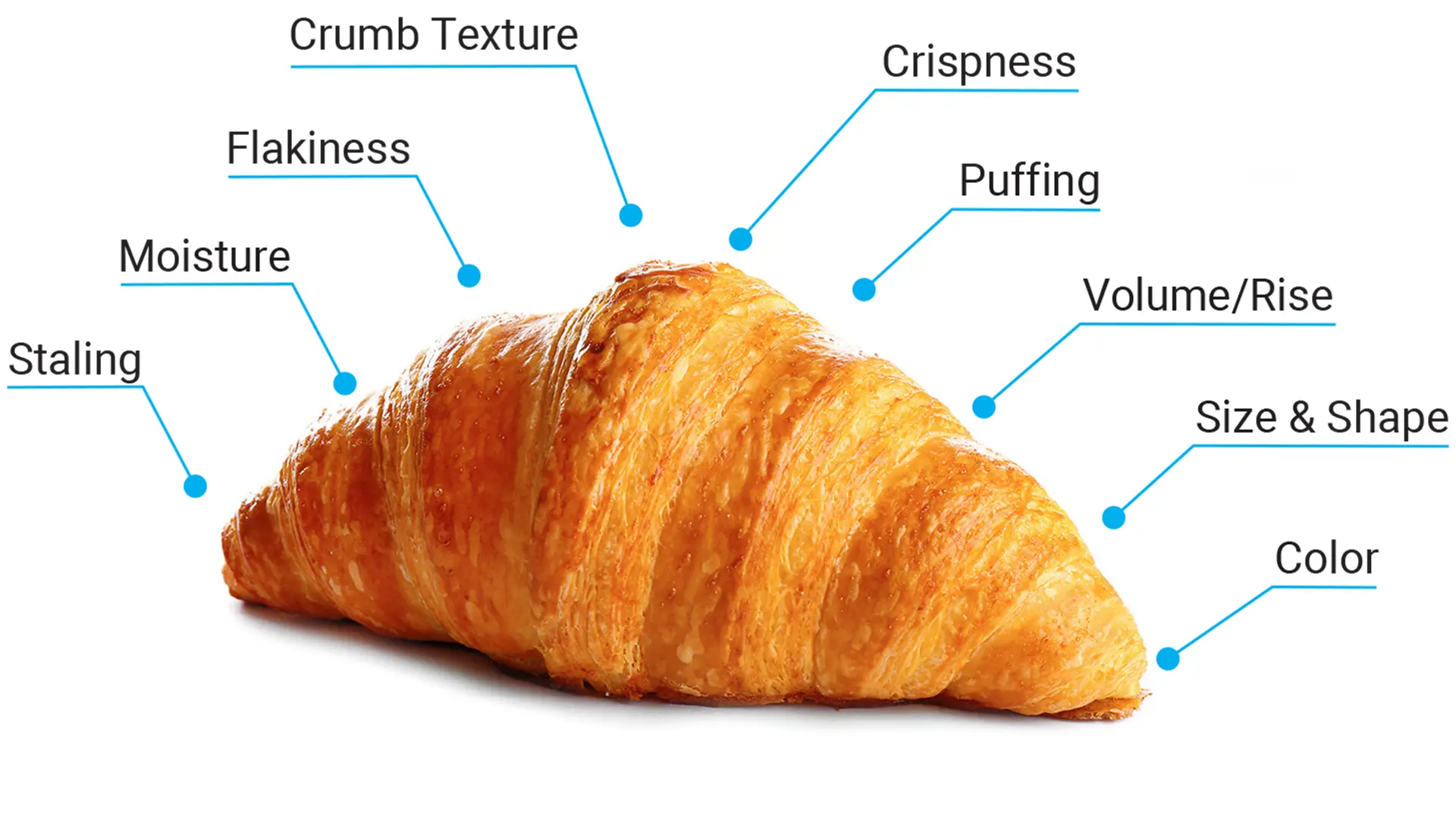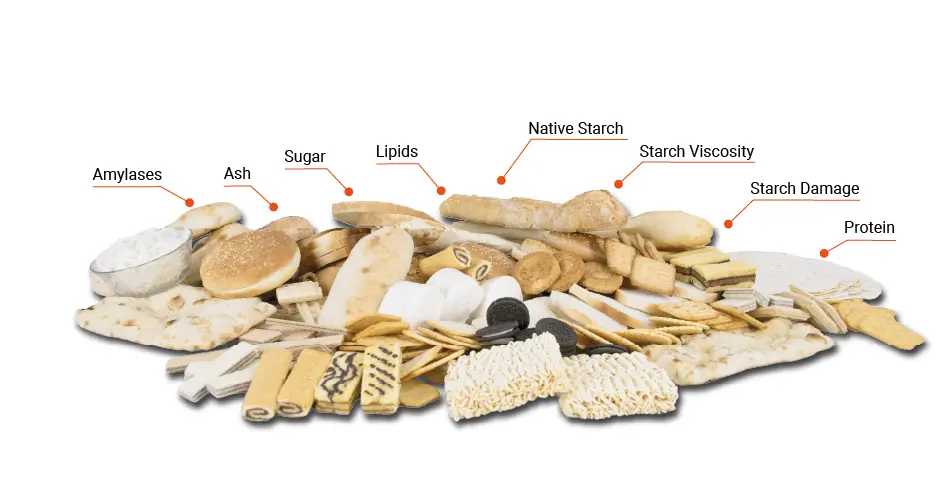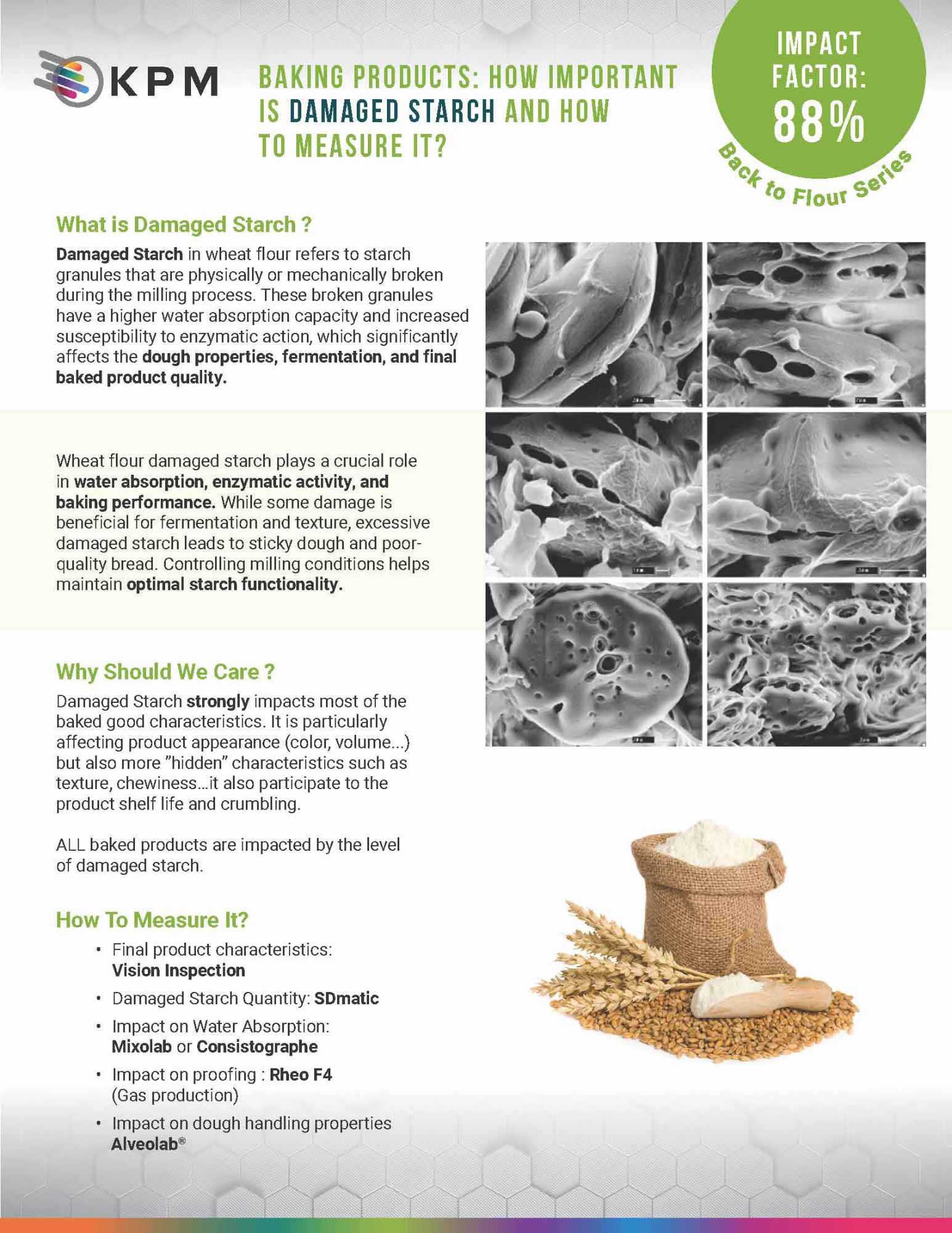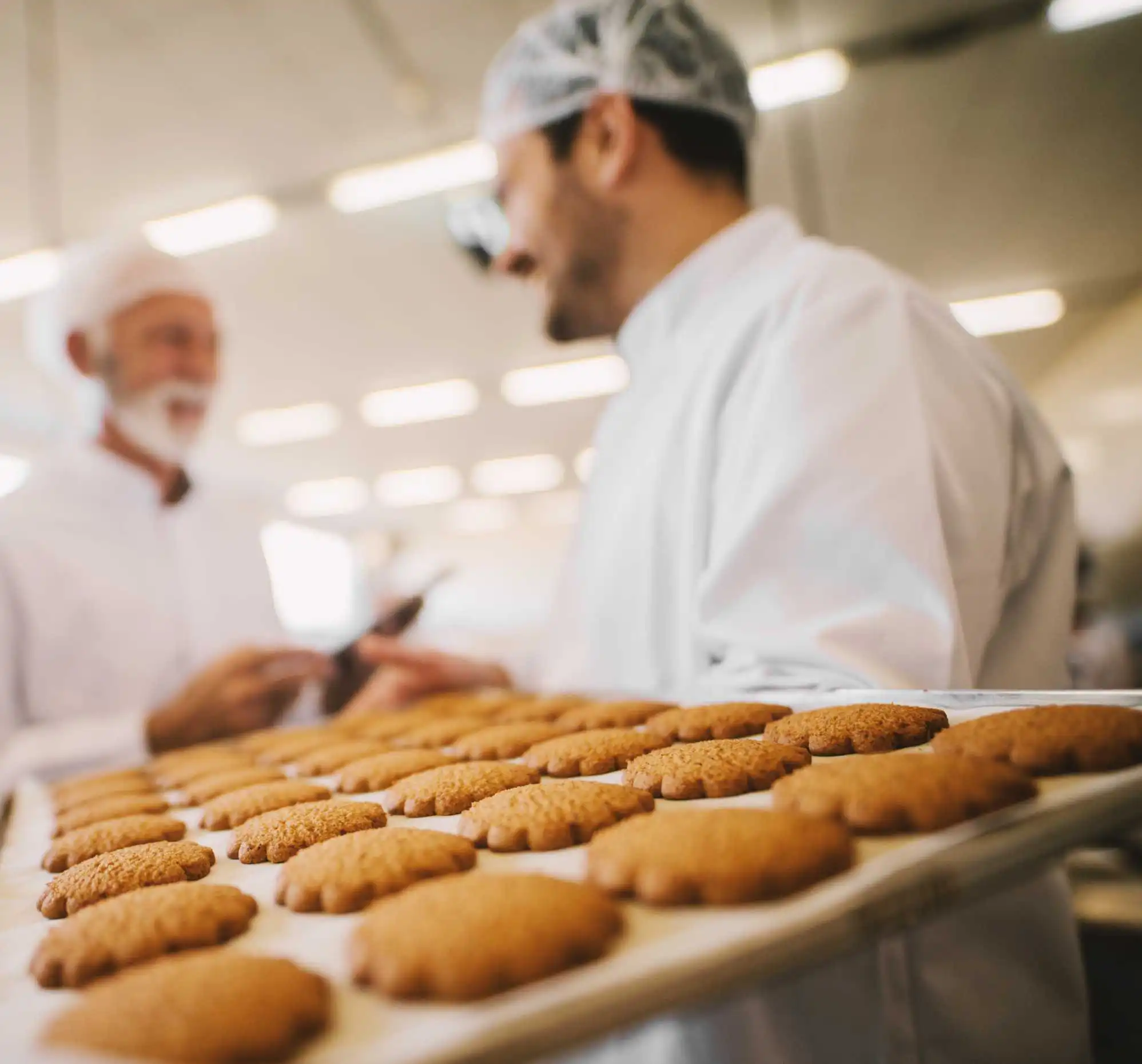Introducing the Back to Flour Series

Understanding Bakery Product Quality Starts with Flour
Flour is at the core of baked goods and staple foods across every region of the world—whether it’s steamed buns in Asia, tortillas in Latin America, or bread and pastries in Europe and North America. Each type of flour carries unique characteristics that shape product quality, influencing color, texture, volume, and shelf life. In this new series, we’ll explore the science behind flour and dough performance, supported by application documents and videos created for millers, bakers and R&D teams who operate at scale. We’ll also highlight how modern analytical tools help you test and monitor flour, dough, and finished products with precision to create consistently high-quality products—wherever you are in the world.
To bring structure to this journey, the Back to Flour series will be organized into three themes. At the Table looks at the final products we all enjoy and the qualities that make them unique. Transformation of Dough explores all of the key components that impact the characteristics of the perfect final product. Finally, Secrets of Flour focuses on each key component and how to measure them. Together, these themes connect the everyday experience of enjoying food with the deeper science and craftsmanship that make it possible.
At the Table
What does it take for a baked good to earn its place at the table? What Makes it Desirable?
Whether it’s the softness of pan bread, the flexibility of a tortilla, or the crispness of a croissant, each product has its own sensory and functional expectations.
Each episode of the Back to Flour Series focuses on one of 13 iconic bakery items—including sponge cake, flatbread, brioche, baguette, and more—and starts by identifying the qualities that matter most to consumers: volume, texture, color, freshness, and beyond. These expectations are then linked to measurable flour-related factors, laying the groundwork for consistent quality and targeted formulation.

Transformation of Dough
From Product Characteristics to Key Flour Components
What happens between flour and the final product? The Dough is Where Everything Starts to Take Shape. This series shows how specific flour components influence product traits such as softness, stickiness, volume, color, and shelf life. For example, product color is influenced by damaged starch and enzymatic activity, which increase sugar availability and fuel browning reactions like Maillard and caramelization.
Understanding these mechanisms helps bakers fine-tune their formulations with precision.

Secrets of Flour
Inside the Key Components, and How to Measure Them
The behavior of dough, and the quality of the final product, can be traced back to flour’s internal components:
- Damaged starch
- Enzymes (amylase activity)
- Starch viscosity
- Proteins
- Lipids
- Ash content
- Sugars
- Native starch
These elements influence essential functions such as water absorption, gluten development, gas production, and staling. Even small variations can lead to noticeable changes in texture, volume, color, shelf life, and more.
The Back to Flour Series demonstrates how to measure these components using advanced analytical tools like the Mixolab®, Alveograph®, SDmatic, Rheo F4, and SpectraStarTM XT NIR Analyzer—bringing objectivity and precision to formulation, troubleshooting, and quality control.

How Does It Work?
A Practical and Visual Approach
Each episode of the series connects:
- A baked product, with its expected sensory and functional traits
- The key flour components behind those traits (e.g., protein quantity and quality, starch damage, enzymatic activity, lipids)
- The measurable impact of these components on dough and final product quality
- The reliable analysis methods used to assess them, with KPM Analytics equipments such as the Mixolab® 300, Alveograph, SDmatic 2, Rheo F4, and SpectraStar NIR.
No complicated theory, just clear, practical connections between flour, functionality, and final product quality.
The series is delivered in two complementary formats: 🎬 Videos and 📄Technical PDFs
Why It Matters
From Knowledge to Action
Great bakery products don’t happen by chance. It results from precise formulation and well-informed ingredient control. Every attribute perceived by the consumer begins with the dough, and ultimately, with the flour itself.
The Back to Flour approach helps teams:
- Improve consistency across batches and production sites
- Reduce trial-and-error in formulation
- Align flour selection with desired product performance
- Strengthen technical dialogue between millers and bakers
At KPM Analytics, we craft assurance by giving you both the knowledge and the technology to deliver consistent quality across markets and regions.
Explore the categories below and stay tuned as we continue to connect flour functionality with product excellence.
Other Posts in the Series
Related Blog Posts

















